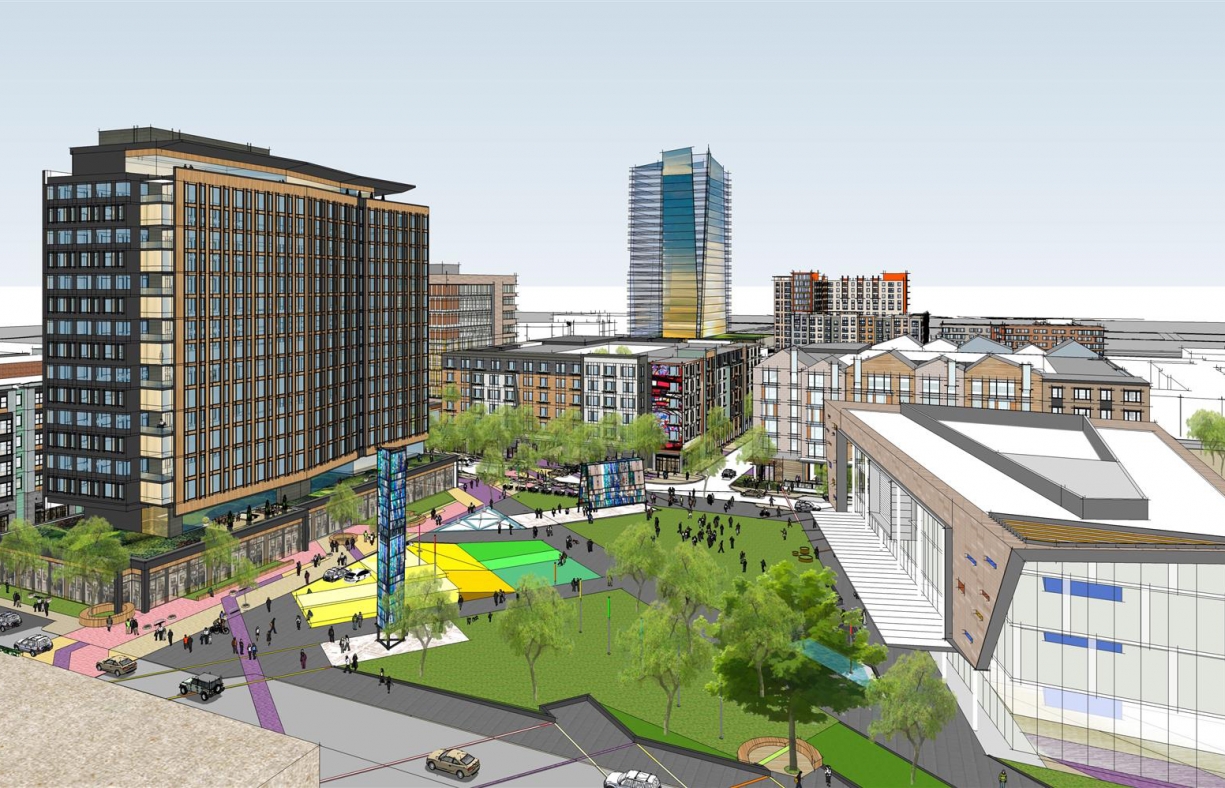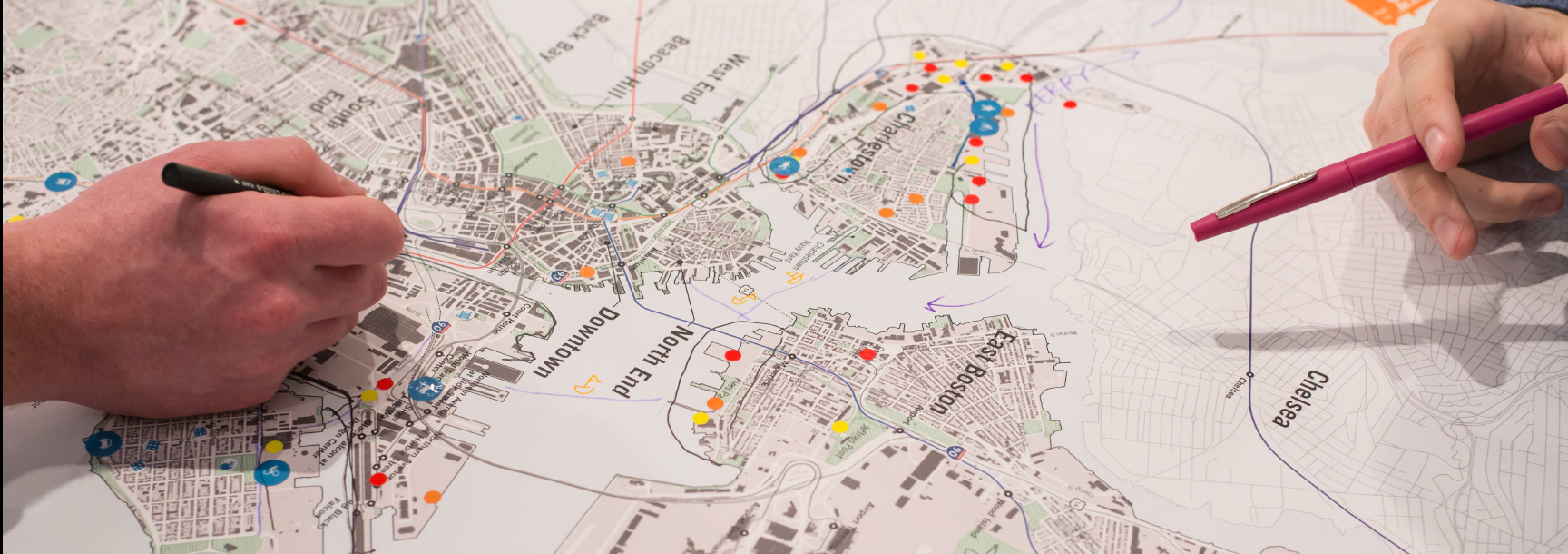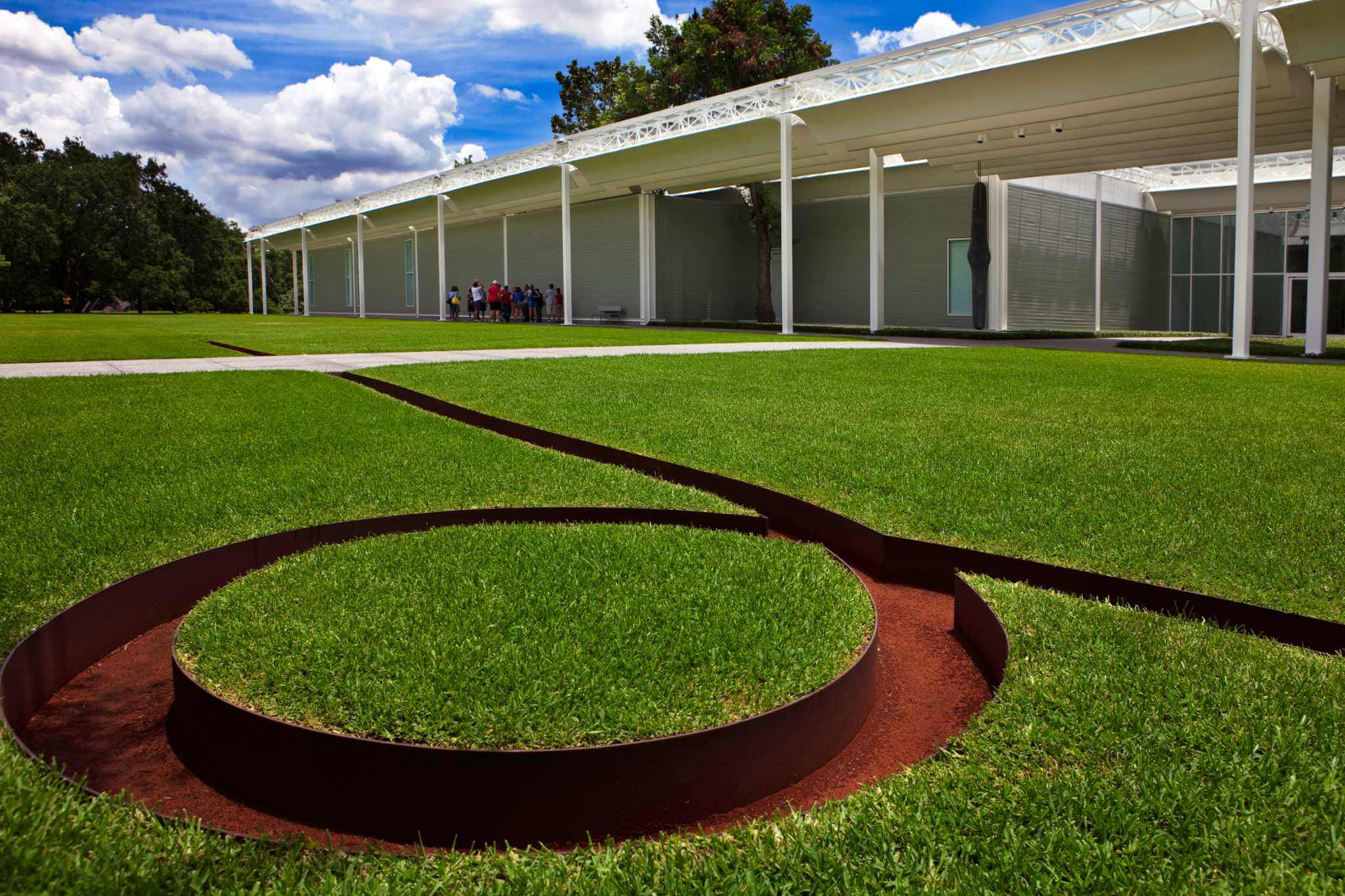Lehigh University identified its best opportunities for development that reflect the university’s programmatic and innovation strengths, as well as the real estate potential of the Lehigh Valley.
CHALLENGE
Lehigh University, a private research university in Bethlehem, Pennsylvania, sought to strengthen its research capabilities by building its first innovation campus and redeveloping two additional non-core campuses. As a growing regional university in a tertiary market, Lehigh’s real estate group wanted to better understand the program alignment for an innovation campus and the market potential for real estate development and industry partnerships. HR&A worked with Lehigh’s real estate team to generate excitement and momentum for the redevelopment of its non-core real estate assets by crafting a feasible development vision and detailed strategies for development, funding, activation, and governance.
Solution
Through HR&A’s analysis of market potential, discussions with industry leaders in the Lehigh Valley, and collaboration with some of Lehigh University’s top academic researchers, HR&A recommended a holistic redevelopment approach.
The university would align its campuses around the development of new concepts and ideas, where each campus offers unique opportunities to entrepreneurs and researchers at every stage of business development – from basic research through start-ups and maturation. This work guided the university’s in moving forward with a clear vision and actionable strategies for each campus to foster innovation in Lehigh Valley and elevate the university’s standing as a premiere research university.
Impact
As of August 2018, the University is moving forward with a solicitation process to identify a private sector partner for a revenue-positive first phase of redevelopment.








